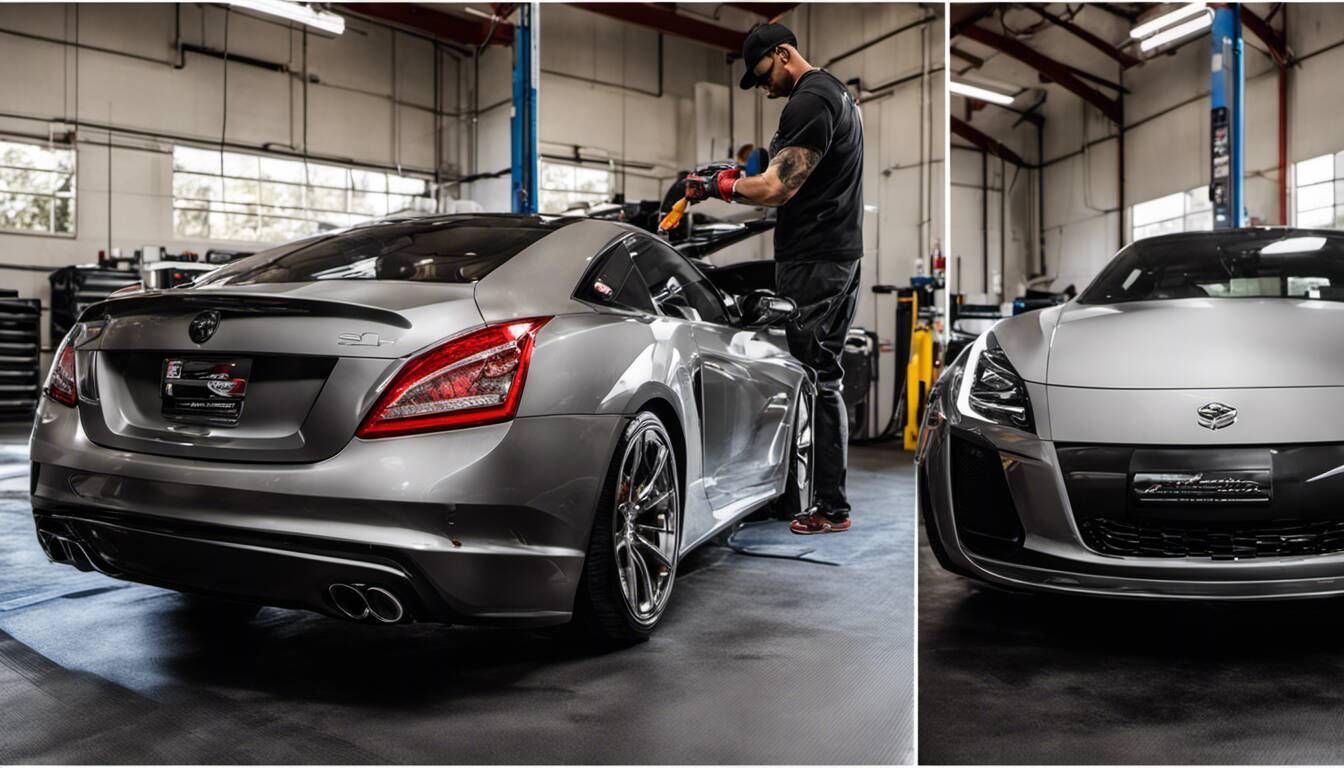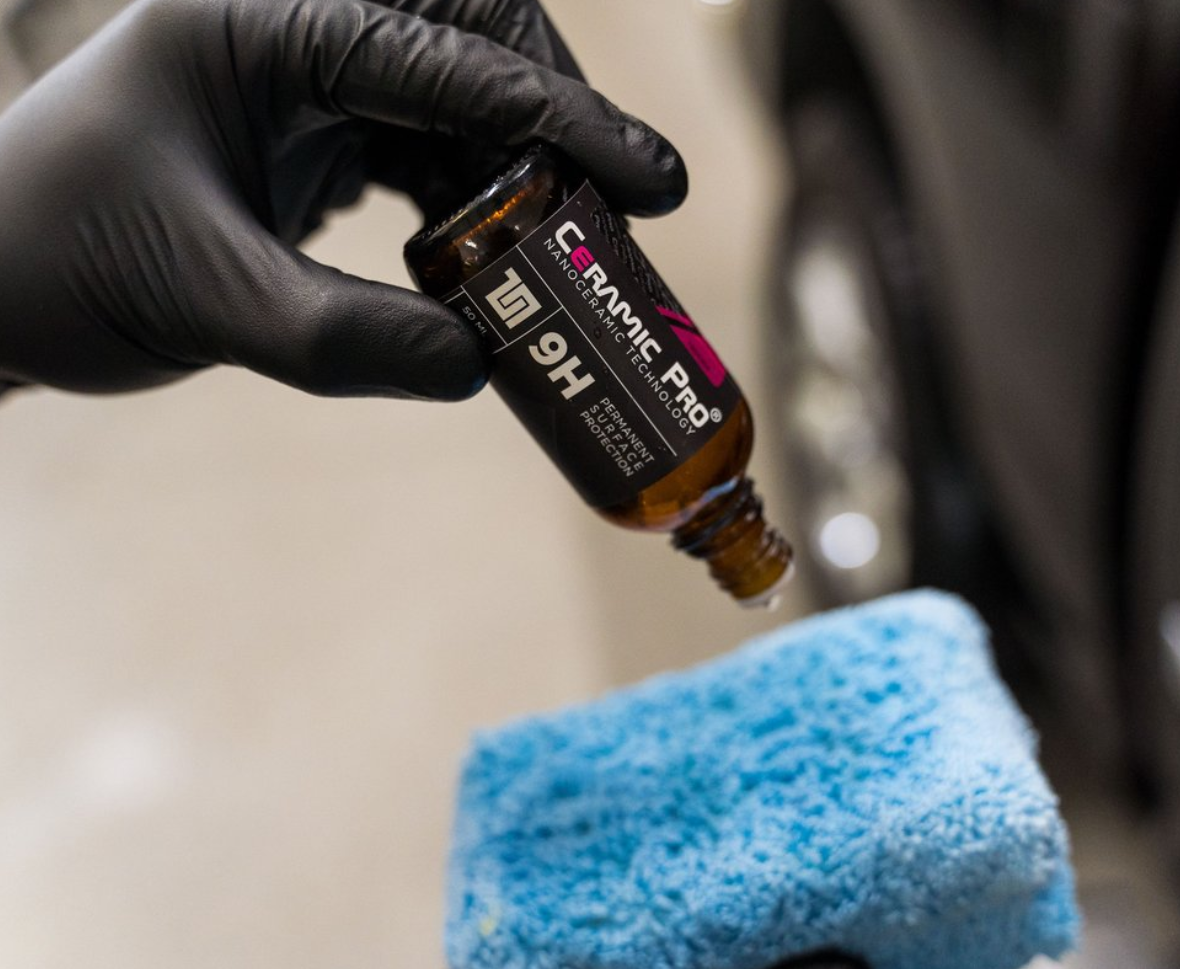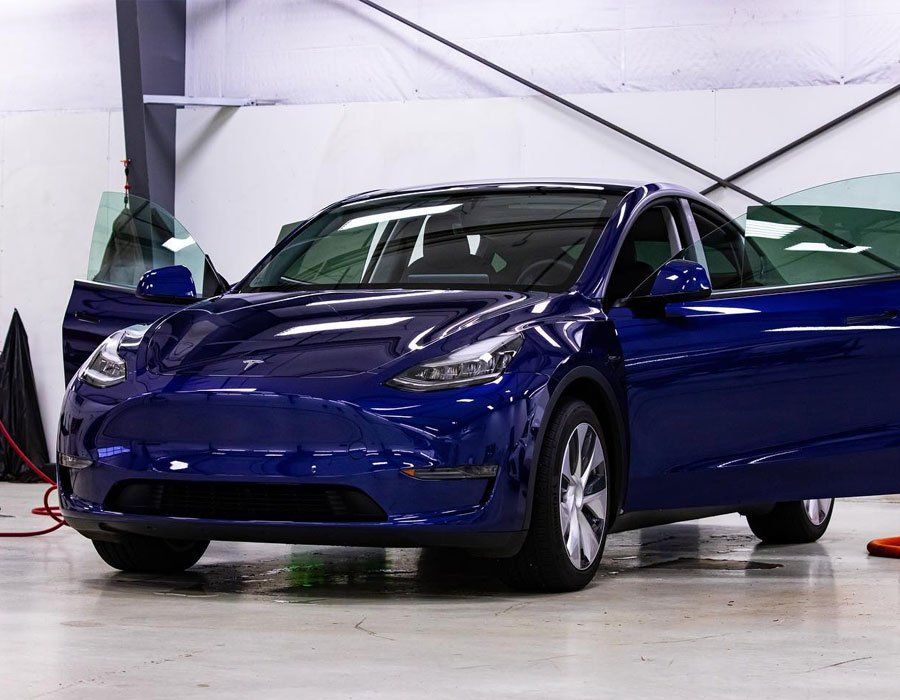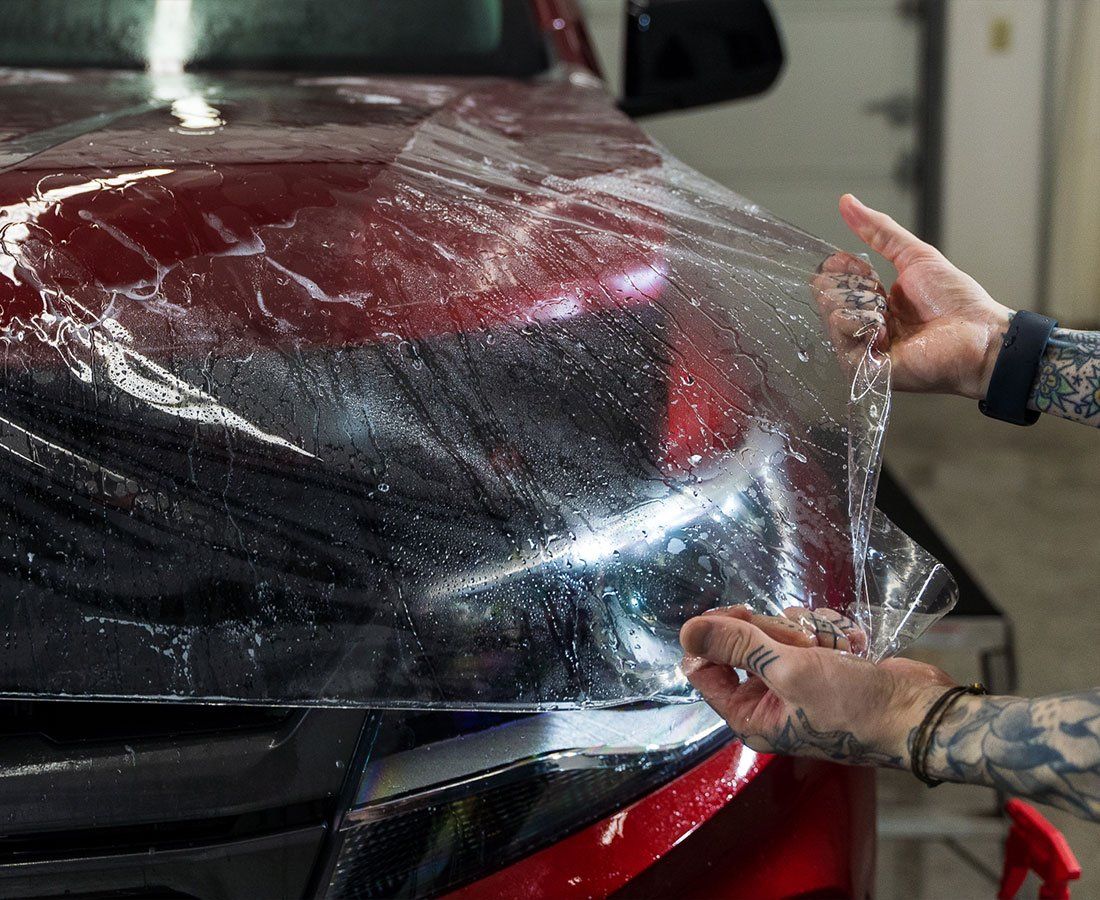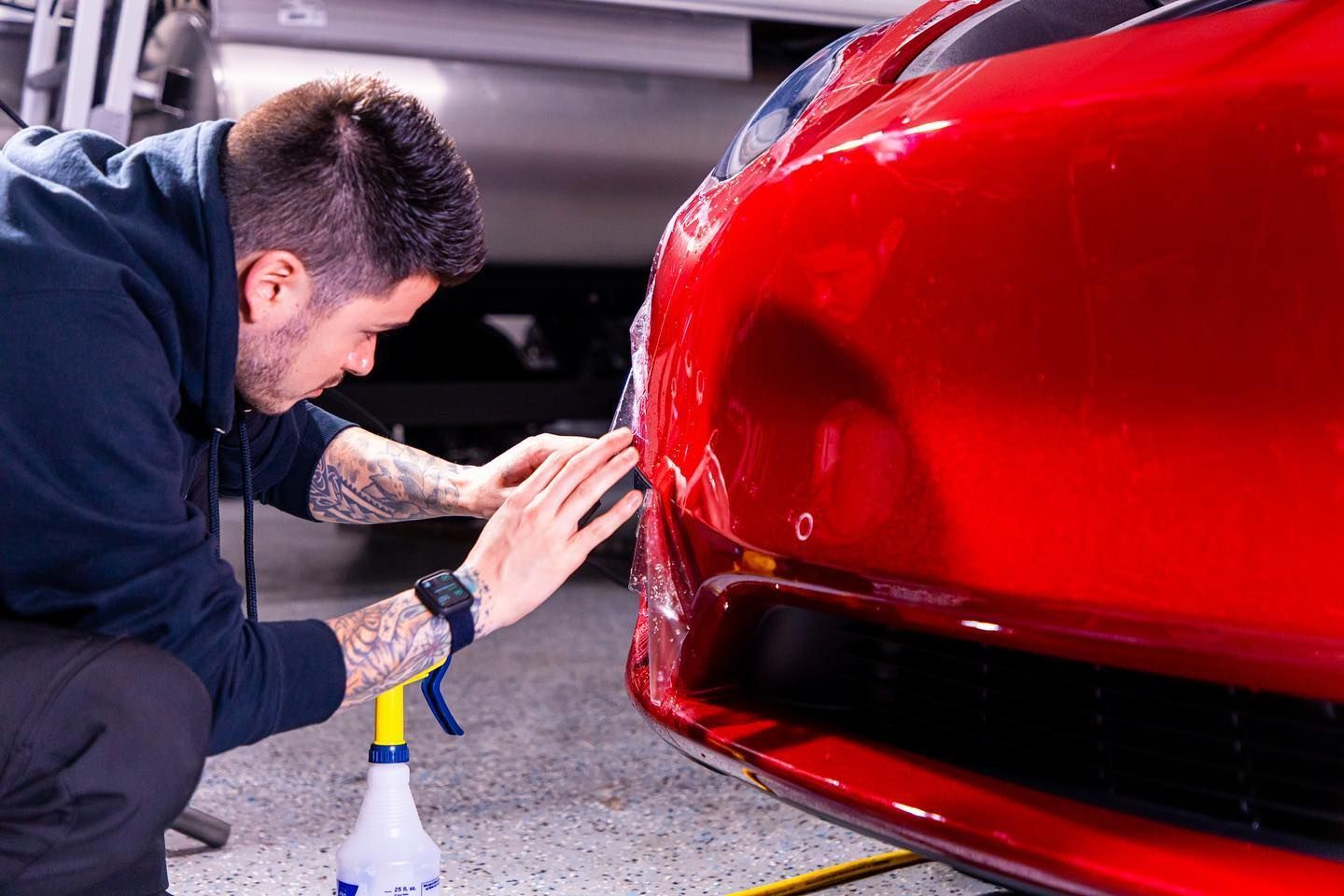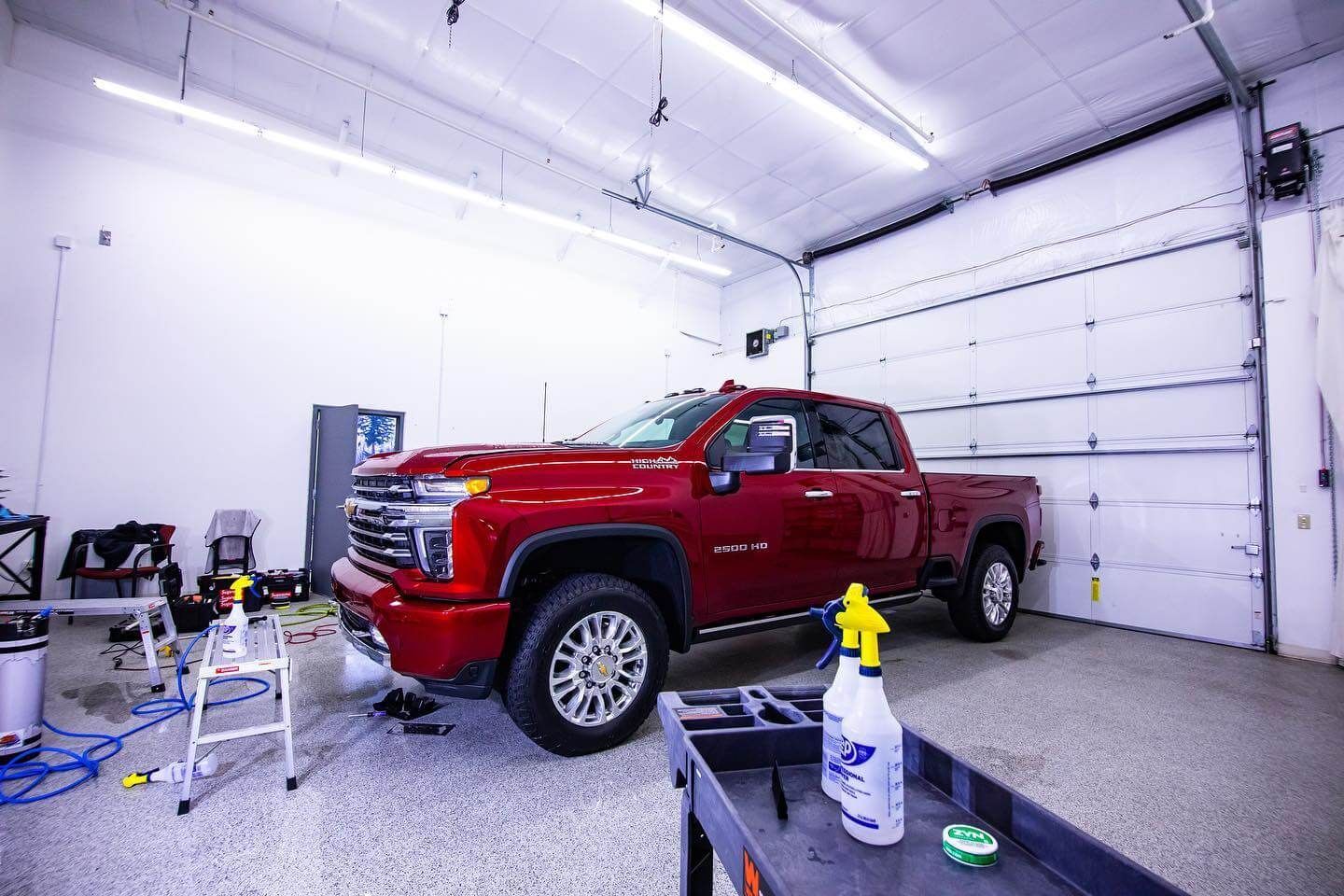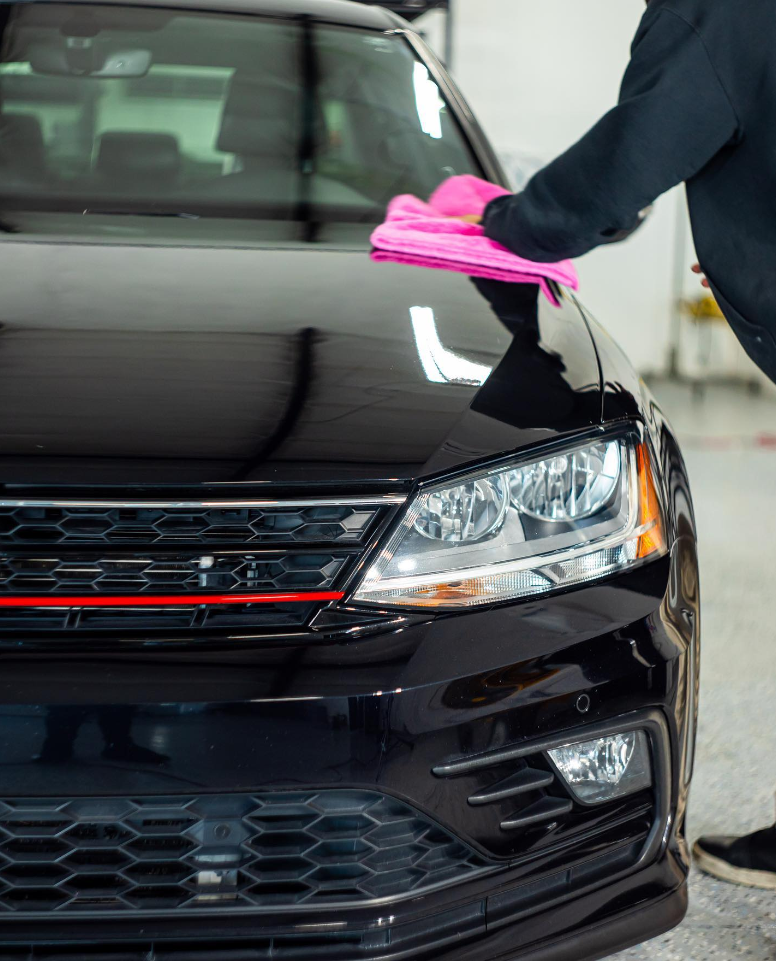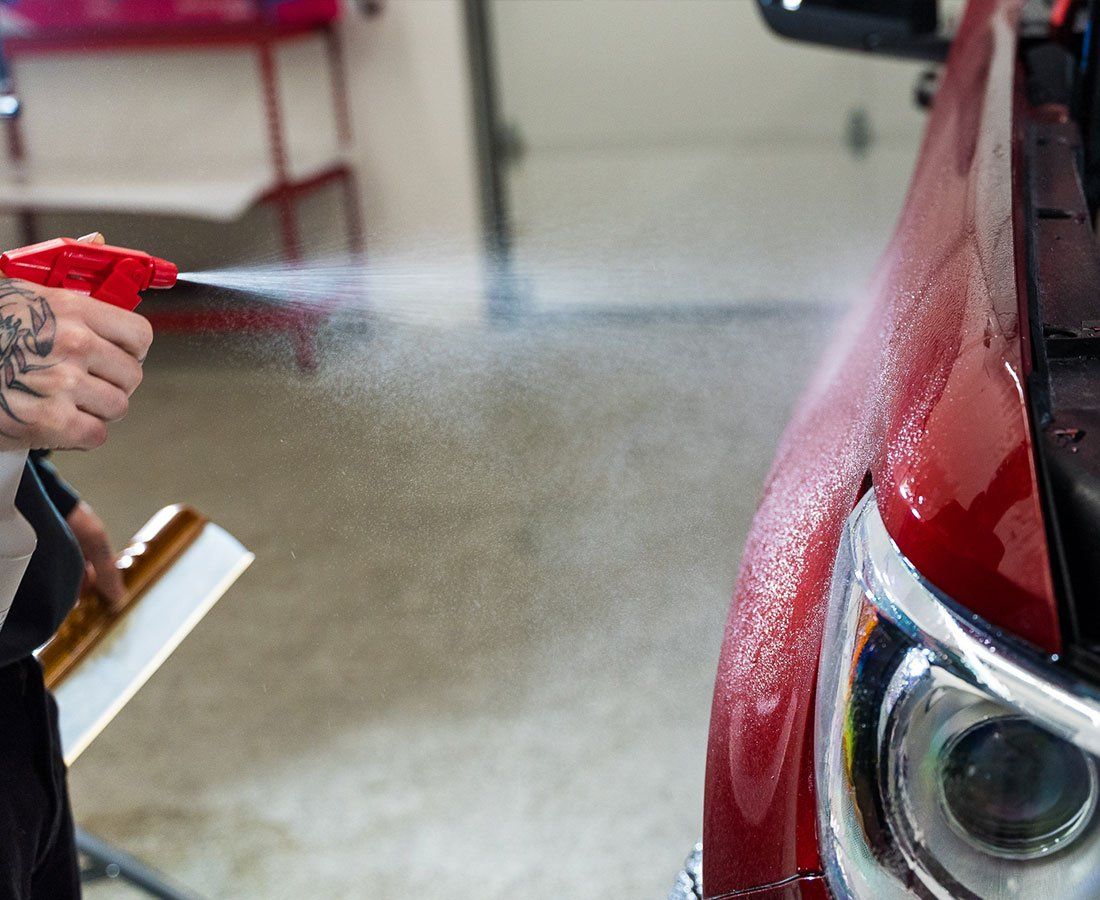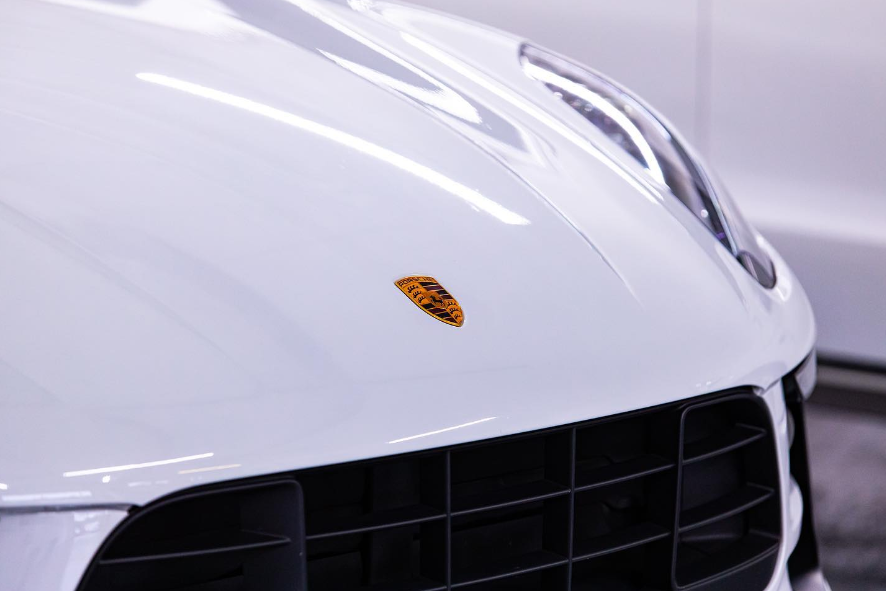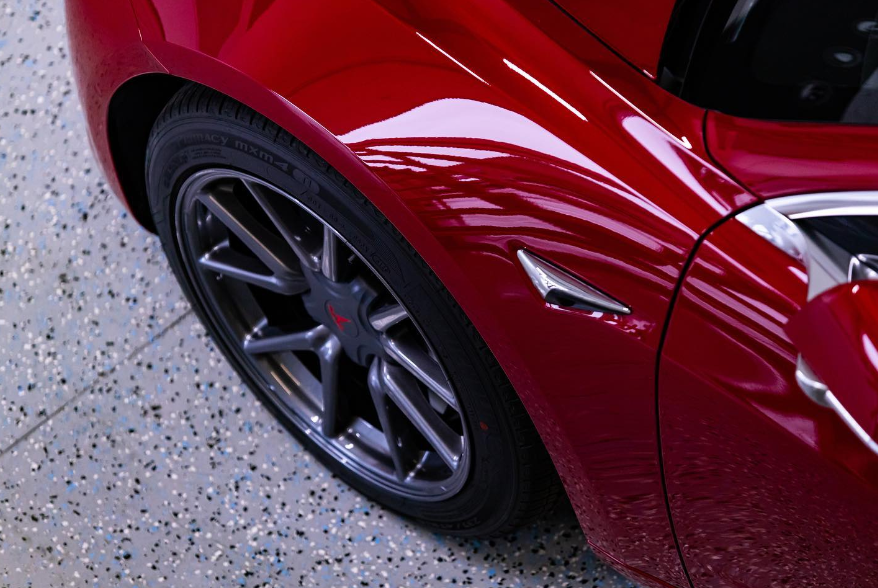Imagine opening your car door to warm summer air and sitting inside without the furnace-like heat that usually radiates from every surface. Nor do your seats feel like a griddle, causing discomfort or, worse, harming them by fading their color, which once was bright and vibrant.
This isn't some pricey tech upgrade or futuristic cooling gadget—this is the magic of properly tinted car windows!
Join us as we explore the world of
window tinting—a small change with big results, providing not only comfortable rides but also shielding your car interior from harmful UV rays and keeping it looking brand new for longer than you would expect. It's time to uncover the whys and how's of doing it right.
Advantages of Window Tinting
Window tinting is becoming increasingly popular for several reasons. More and more car owners are realizing the numerous benefits it offers over unprotected glass windows. One key benefit of window tints is that they offer a shield against UV radiation.
While most people use sunscreen to protect their skin from the harmful effects of the sun's rays, few remember that their cars need similar protection.
When you drive for long hours, especially in direct sunlight, you increase your chances of developing skin cancer and other associated conditions. Car window tints can safeguard your skin's health by reducing UV radiation exposure by up to 99%.
Another advantage of window tints is that they keep your car cool by blocking solar heat absorption. Depending on where you live, summers can be scorching hot and uncomfortable. Since air conditioning consumes a considerable amount of fuel, running it all day can be expensive in the long run.
Your vehicle's interior temperature can drop by up to 60% with window tint installed. This translates to lower air conditioning bills and more comfort during your summer drives. Consider the greenhouse effect, where solar energy warms greenhouse surfaces, trapping heat inside.
This same concept happens when one parks a car outside in direct sunlight during hot weather without tinted windows. The glass surface absorbs most of the sunlight, turning the car into a miniature greenhouse, trapping warm air inside even upon entry.
Protection for Car Interior
Sunlight contains harmful ultraviolet rays that can damage not only our skin but also the interior parts of our vehicles.
Prolonged exposure to sunlight exposes your car to significant damage such as fading and cracking on upholstery fabrics or leather seats, discoloration on the dashboard and plastic components, and warping of wooden parts.
Ensure you keep your car's interior in good shape by installing window tints on your windows.
Window tints block up to 99% of the sun's harmful rays from penetrating the interior of your car, thus protecting it from damages that result from UV exposure. This feature ensures that your vehicle maintains a fresh and new look even after several years of use.
While there are various solutions, such as cheap dash mats and seat covers, to protect cars from sunlight damage, they don't match the effectiveness and protection of window tinting.
These accessories may not provide long-lasting protection since sun rays can get through uncovered parts such as gaps between windshields or car door side edges that directly hit seats or dashboards.
Also, if you park in an open space with no shade for many hours during hot weather, you'll realize how hot the steering wheel may get upon entry.
Installing window tints can significantly reduce this as they decrease solar heat gain and prevent temperatures inside a parked car from rising farther than the ambient temperature outside; hence, less air conditioning cooling will be required after entering.
Climate Control Benefits
When it comes to driving in extreme heat, turning up the air conditioning can make a huge difference in terms of comfort. But constantly running the AC can cause wear and tear on your vehicle's engine as well as increase fuel consumption.
This is where window tinting comes in.
By reducing the amount of sunlight and UV rays that enter your car, tinted windows can help keep your car cooler and more comfortable without needing to turn up the air conditioning to maximum levels.
In fact, studies have shown that window tinting can reduce solar heat absorption by up to 80%, making summer driving much more pleasant for you and your passengers.
This means less strain on your car's AC system, which in turn leads to better gas mileage and fewer emissions - all great benefits for those who are environmentally conscious.
Another benefit of window tinting when it comes to climate control is that it can actually help keep your car warmer during the colder months as well.
Tinted windows can prevent heat from escaping through the glass, acting as an additional layer of insulation that keeps warm air in while blocking cold air out. This means less time spent idling your engine and waiting for your car to warm up before driving off.
With that said, there are many different
types of window tints available on the market, each with their own unique advantages and drawbacks.
Various Types of Window Tints
Some window tints are made specifically for heat reduction, while others prioritize UV protection or privacy. Here's a rundown of some of the most common
types of window tints available:
1. Dyed film: This is one of the most affordable and common options on the market. Dyed film is made by applying a layer of dye to the film before it's attached to the window. It works by absorbing sunlight and blocking UV rays, but it doesn't necessarily reduce heat as effectively as other types of films.
2. Metalized film: As the name suggests, metalized film contains small metallic particles that reflect sunlight away from the car. This makes them great for reducing heat, but they can sometimes interfere with electronic devices and wireless signals inside the vehicle.
3. Ceramic film: Ceramic tints are made by adding ceramic particles to the film to create an even more effective barrier against heat and UV rays. They're also less reflective than metalized films.
4. Hybrid film: Hybrid films combine two or more different types of film to provide a balance of different benefits. For example, combining dyed and ceramic films can create a tint that's both affordable and effective at reducing both heat and UV rays.
While there are many opinions on which type of window tinting is best, ultimately it comes down to personal preference and what you're looking for in terms of benefits. Some people prioritize cost-effectiveness above all else, whereas others seek the highest level of protection possible, whether it is UV protection, privacy, or climate control.
That being said, it's worth noting that some states have laws regarding how dark your car's windows can be tinted - usually based on how much light passes through the glass (also known as
Visible Light Transmission or
VLT percentage). It's important to do your research and make sure you're within your state's legal limits before investing in window tinting.
Think of it this way: getting your windows tinted is like buying a pair of sunglasses for your car. Just as sunglasses protect your eyes from the sun's rays, window tint protects your car's interior (and those inside it) from UV damage and excess heat. And just like with sunglasses, there are many different types of tints available - each with its own unique benefits. It's all about finding the right fit for you and your needs.
Now that we have gone over the various types of window tints on the market, let us take a closer look at what to expect during the installation process.
The Process of Window Tint Installation
If you have decided that window tinting is the right choice for your vehicle, then the next step is to have it installed by a professional. The installation process can vary slightly depending on the type of tint being used and the specific make and model of your car.
Generally, the process begins with a thorough cleaning of the windows. Any dirt or debris can create air pockets between the tint and the glass, which can cause bubbling or peeling over time. Once the windows are clean and dry, a professional will carefully measure and cut the tint to fit each window precisely.
Before applying the tint to the window, a spray solution is applied to both the tint and the glass. This solution helps activate an adhesive layer on the tint that allows it to stick securely to the glass once it covers it. Once in place, a professional will use specialized tools to smooth out any air bubbles or creases in the tint. This process can take some time, as each window has its own unique shape and size.
After all windows have been tinted, a final cleaning is performed to ensure that no residue remains. You should avoid rolling down your windows for at least 24 hours after installation to allow enough time for the adhesive to dry completely.
Preparing for Tinting
Before you drop off your vehicle for tinting, there are a few things that you can do to prepare for the process. These can help ensure that everything goes smoothly and that you get the best possible results from your tint job.
First, wash your car thoroughly, both inside and out. This will ensure that no dust or debris gets caught between the film and the glass during installation. Additionally, if you have any stickers on your windows, make sure to remove them beforehand.
Next, avoid parking your car in direct sunlight for at least a day before your appointment. Heat can cause the glass to expand and contract, making it more challenging to install the film evenly.
Some tint shops may also require you to remove any window screens or shades before installation. If in doubt, ask ahead of time what you need to do to prepare.
Proper preparation is essential when it comes to getting your car windows tinted correctly. Taking these simple steps can save both you and your installer time and money during the process.
You don't want dirt or debris getting trapped between the film and glass, as it could lead to bubbles or other unsightly features down the line.
Additionally, ensuring that your car has not been subjected to extreme temperatures beforehand can aid in proper installation. Lastly, being proactive with removing various window treatments allows your professional installer to get right down to work quickly without needing any additional setup time.
Overall, preparing doesn’t take much, but it could make a big difference afterwards.
Care After Tinting
After getting your car windows tinted, it's important to take proper care of the film to ensure it lasts and continues to provide the benefits you desire. Here are a few tips for post-tinting care:
First, avoid rolling down your windows for at least two to three days after installation. This allows the film to cure and adhere properly. If you do need to roll down your windows before this time period is up, do so carefully and slowly. Second, when cleaning the windows, avoid using ammonia-based products or abrasive materials like paper towels or scrub brushes. These can scratch or damage the film. Instead, use a microfiber cloth or soft towel with gentle soap and water.
Think of it like taking care of delicate jewelry. Use mild cleaning solutions; never bleach or harsh chemicals.
Proper care of your window tint ensures that it lasts and continues to provide all its benefits. But there's another aspect of these reflective films that most ignore: the impact they have on driving performance.
Driving Improvements Through Window Tinting
Window tinting not only helps protect your car's interior and control its climate but also improves your driving experience in many ways. Here are a few ways that window tinting enhances your driving:
1. Reduced Glare: With window tints in place, you no longer need to squint while driving in direct sunlight. The reflective film can cut 78-95% of sunlight glare and reflection, making for a safer ride.
2. Privacy: With appropriately shaded window tints, unwanted passersby cannot see inside the car from outside anymore, increasing privacy and reducing the chances of break-ins because thieves cannot see anything worth stealing.
3. Legality concerns: State regulations about how reflective window tints can be may have an impact on driving performance. It's important to check and make sure your tinting job complies with local laws.
Also, some drivers claim that tinting hinders their view of the road when driving at night. However, with current advancements in technology and quality installations, these issues can be mitigated.
The benefits of window tinting aren't restricted to just protection or aesthetics but also extend to enhancing one's driving experience. With the right shade selection and proper care, you can keep the harmful effects of sunlight away from both you and your car.
- Window tints can block up to 99% of the sun's damaging ultraviolet radiation, reducing the risk of fading and discoloration in your vehicle's interior components like dashboards and upholstery.
- An application of window tinting on your car can reduce solar heat absorption by up to 80%, preventing temperature-related damage to the car's interior materials.
- Automotive experts suggest that car windows with a quality tinting film can decrease the energy needed to cool down the interior, potentially decreasing air conditioning usage by up to 30%.
Experience Better Driving with Lucent Auto Work's Window Tinting in Tacoma, WA
Enhance your driving experience with window tinting installation from Lucent Auto Work in Tacoma, WA. Our expert team provides flawless craftsmanship and attention to detail, resulting in a sleek and beautiful solution for your vehicle. Our high-quality window tinting not only adds a touch of beauty but also provides a number of advantages. Enjoy increased privacy, decreased glare, UV protection, and improved internal temperature control.
Give us a call today for more information and to book your appointment!


